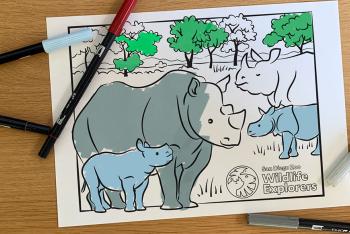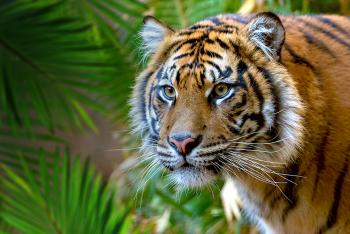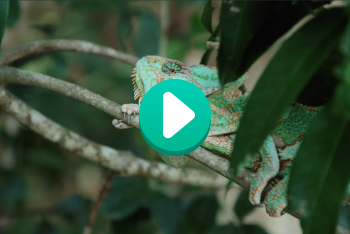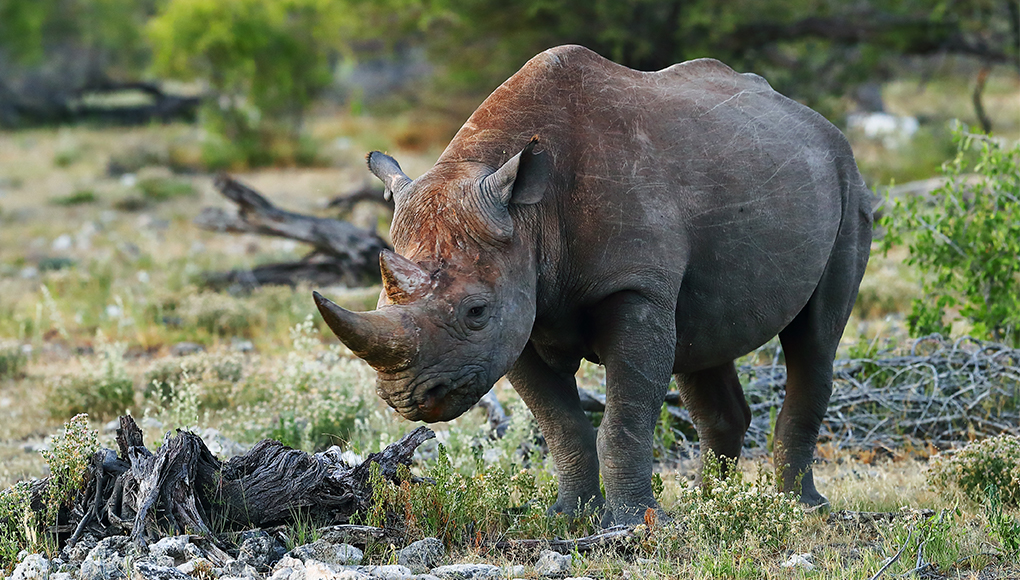
Rhinos rule!
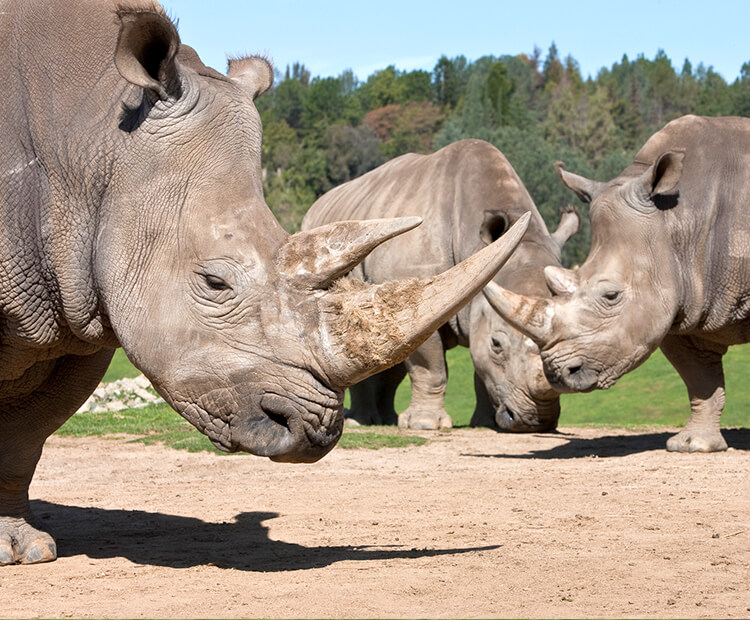
Where does the rhinoceros get its name? It’s as plain as the nose on your face: it’s their horn! The word “rhinoceros” comes from 2 Greek words: rhino, which means nose, and ceros, which means horn. White rhinos, black rhinos, and Sumatran rhinos have 2 horns. Greater one-horned rhinos and Javan rhinos have 1. Whether it’s 1 or 2, rhinos use their horns as defense against predators and to challenge other rhinos. That’s the point!
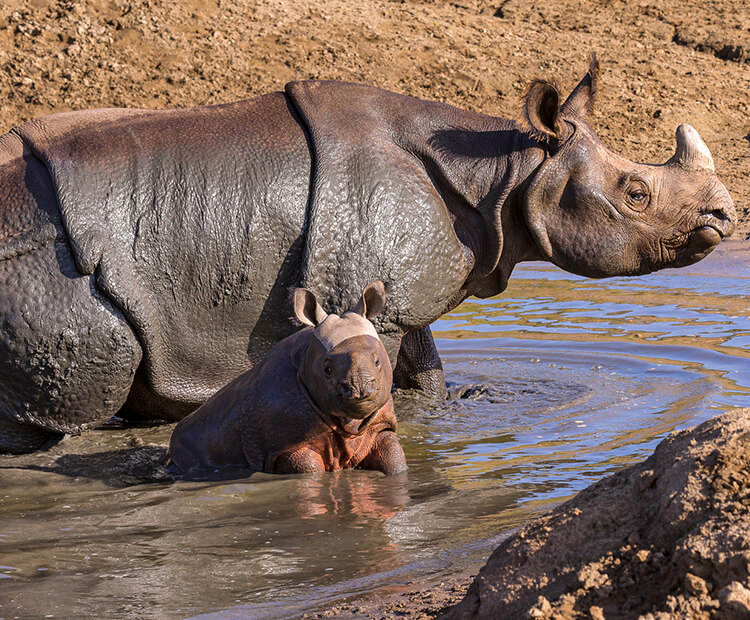
Body basics
All rhinos have great hearing, but they can’t see very well. If they think something might be a threat, they charge just to be sure. Rhinos have even been seen charging at big rocks! Because of this, some people think they have bad tempers, but they’re really just protecting themselves. One thing rhinos like a lot is to take a mud bath. Rhinos may look hard and tough, but their skin is sensitive. A good roll in the mud protects their skin from sunburn and insect bites.
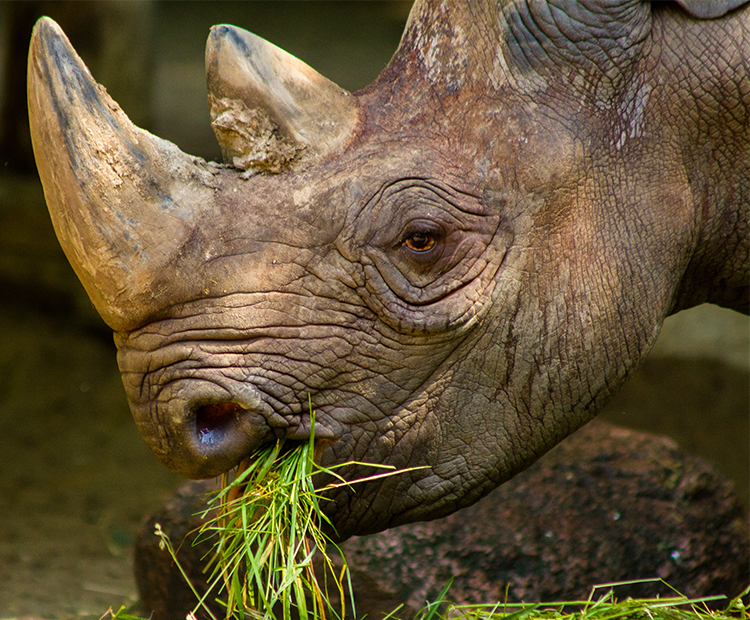
Food for thought
All rhinos are herbivores. Some eat grass and others munch mostly on leaves. Rhinos are big—they all weigh over 1,700 pounds! they can run up to 40 miles per hour. A group of rhinos is sometimes called a “crash.” What a great name for a bunch of big animals that can crash through just about anything in the way!
White rhinos and black rhinos live in eastern and southern Africa. Greater one-horned rhinos, Sumatran rhinos, and Javan rhinos live in small areas of Asia. All rhinos are endangered. Rhinos are killed for their horns, because some people think the horns make good medicine. But rhino horn is made of the same thing as our fingernails and hair, and those don’t cure disease. Some people might think it’s cool to have a dagger handle made of rhino horn, but that’s definitely not cool for the rhino. Rhinos are big and tough, but they need our protection and respect so they can keep “crashing” around their habitat for a long time to come!

